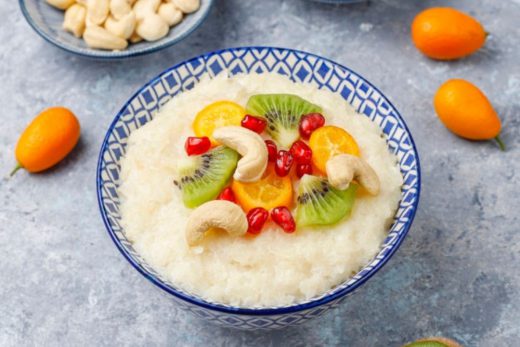Heating Aquafaba Meringue to Improve Stability
a whisk showing stiff white peaks with aquafaba meringue
Inspired by Stella’s Swiss meringue recipe, I also tested whether heating the three different aquafabas could yield a more stable foam. I heated the mixtures to 175°F (79°C) and 183°F (84°C) (the same temperature at which ovalbumin in an egg denatures) in separate trials. The hypothesis here was that the albumin proteins present in the aquafaba might denature around the same temperature as egg albumin and, when whipped, they would create a more stable foam.
I found that I could produce a foam with stiff peaks using the plain aquafaba and the aquafaba with cream of tartar, both with and without kombu (the aquafaba with baking soda performed as poorly as in previous tests), and, when baked, the meringues held their structure. The results were similar to the results of the tests without the heating step, so as a general matter, I don’t think heating is necessary. However, the heating of the meringue gets rid of most of the chickpea aroma, and the method does yield a silkier marshmallow-type frosting for cakes and pies, one that’s much smoother in texture.





